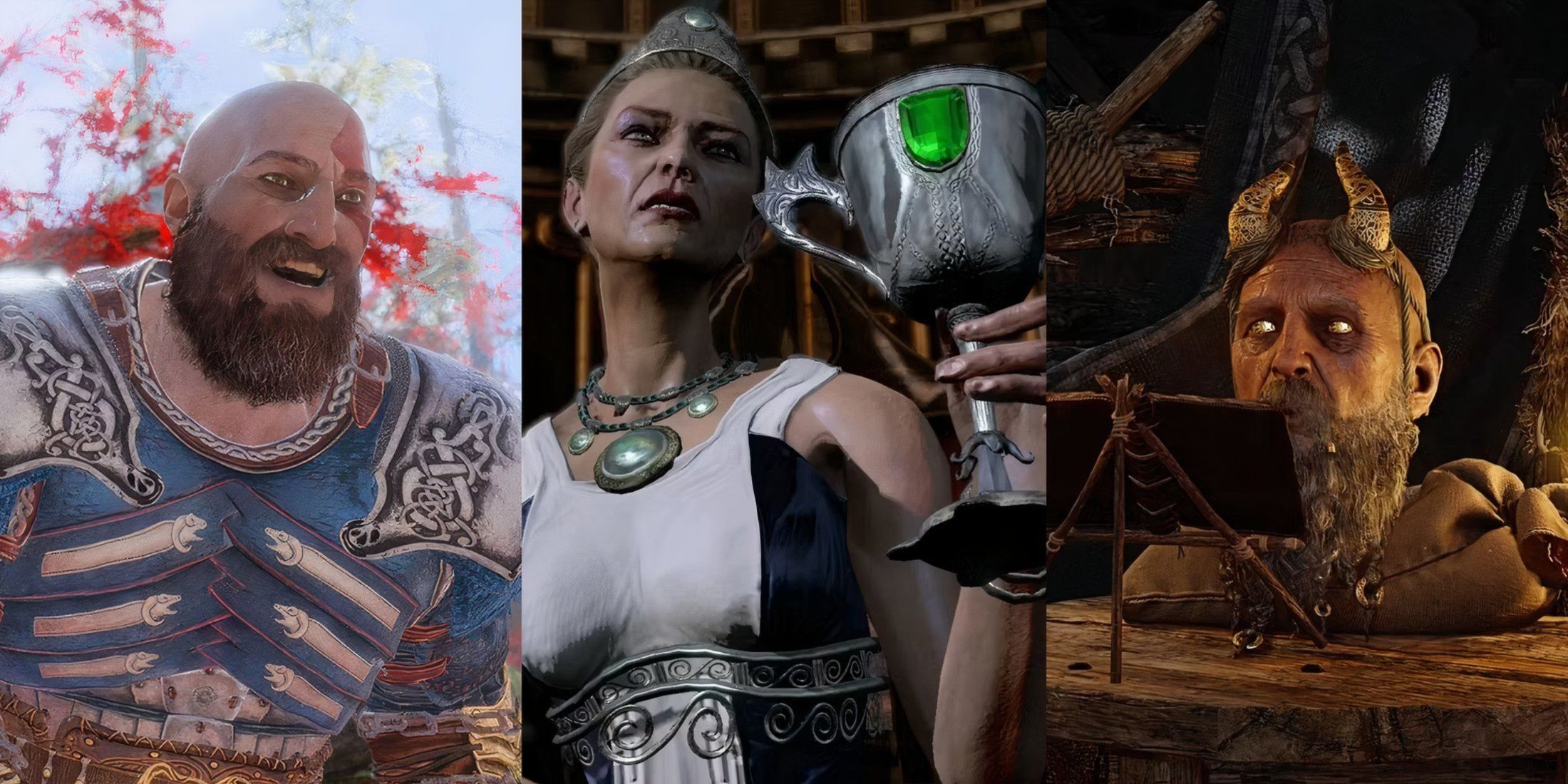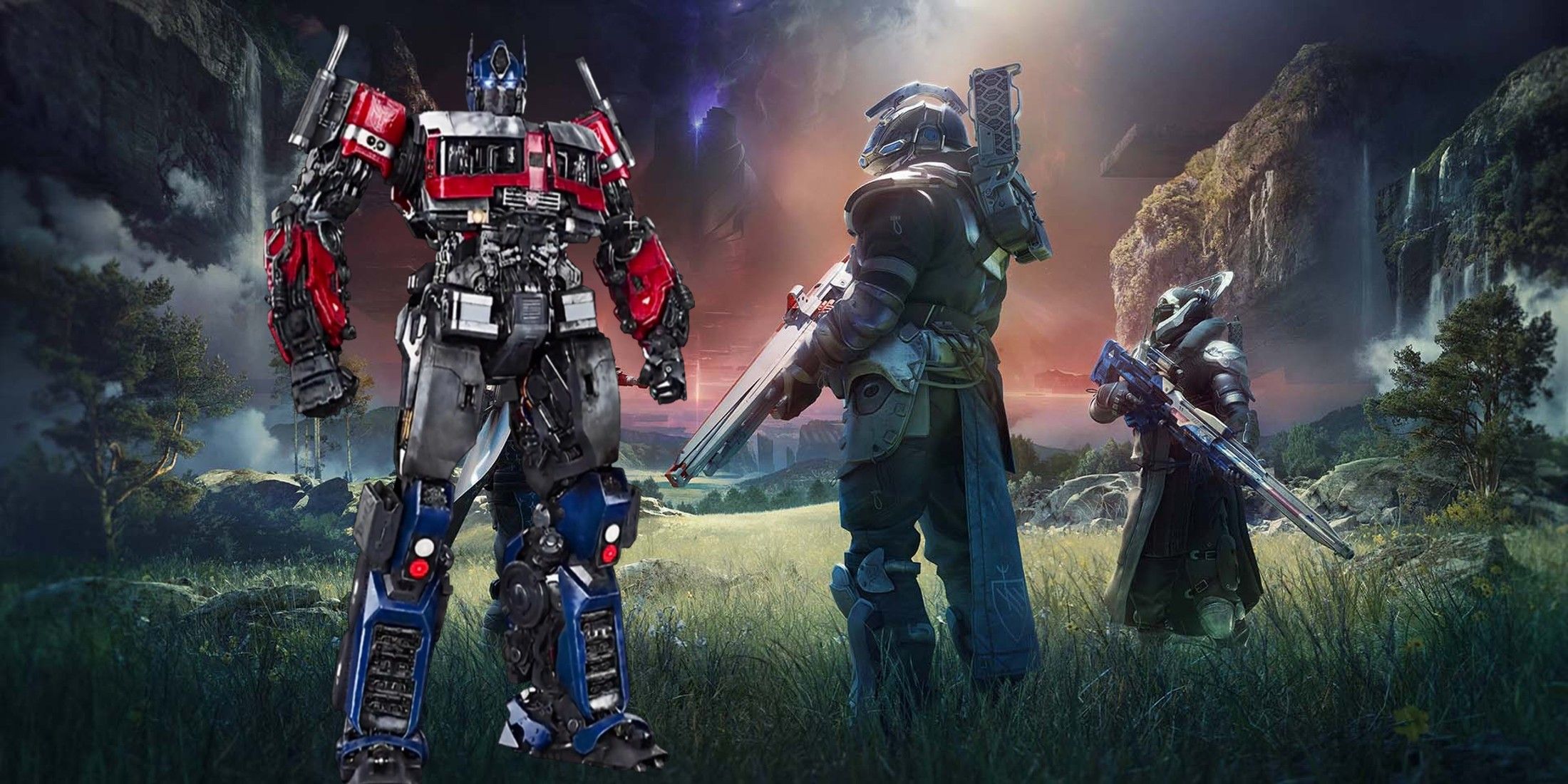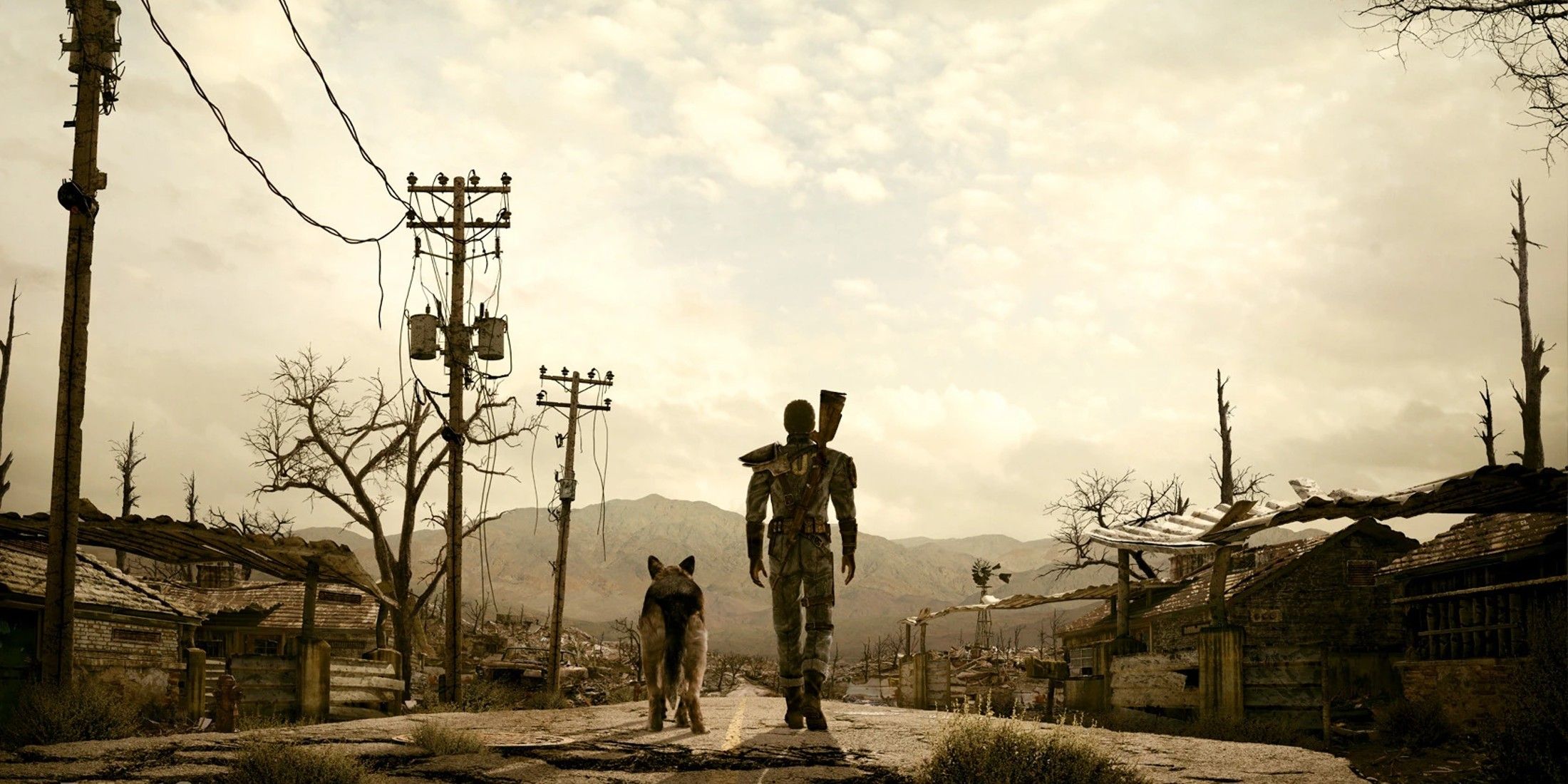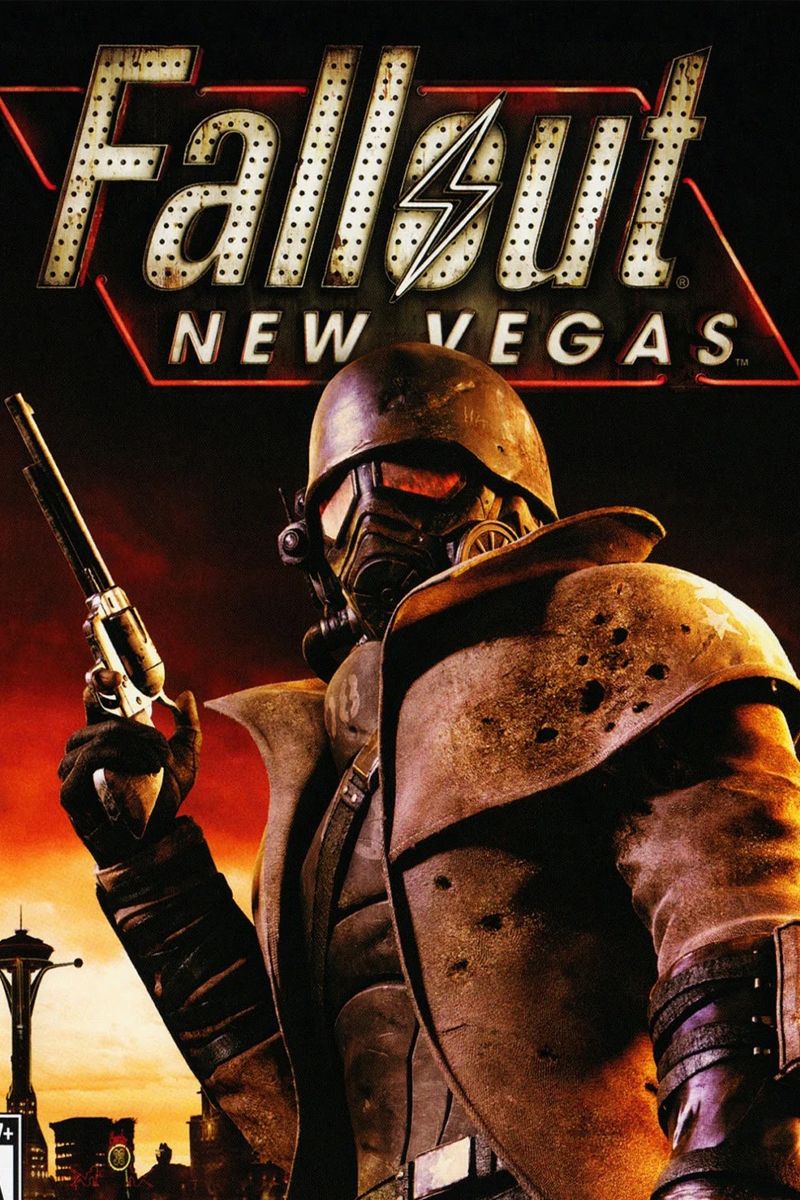Fallout: New Vegas is a popular game developed by Obsidian Entertainment that stands out in the Fallout series years after launch. It was released just two years after Fallout 3 in 2010, and now happens to be a fan-favorite installment of the franchise. Bethesda, the main developer of Fallout and the owner of the franchise after Interplay sold the rights in 2007, outsourced development of New Vegas to Obsidian Entertainment while it focused on other projects. The new devs, however, valued the community’s love for the original universe and kept its attention to detail intact.
The Fallout universe is a deep and complex one, with each major game in the series providing a more nuanced dive while featuring more creatures. Fallout: New Vegas, in particular, provides multiple adventures from the Mojave Wasteland while offering players a ton of things to do, not to forget the weird and wacky quests. While the Mojave Wasteland and Fallout 3’s Capital Wasteland couldn’t be further apart, there are still several callbacks and references found in the sequel.
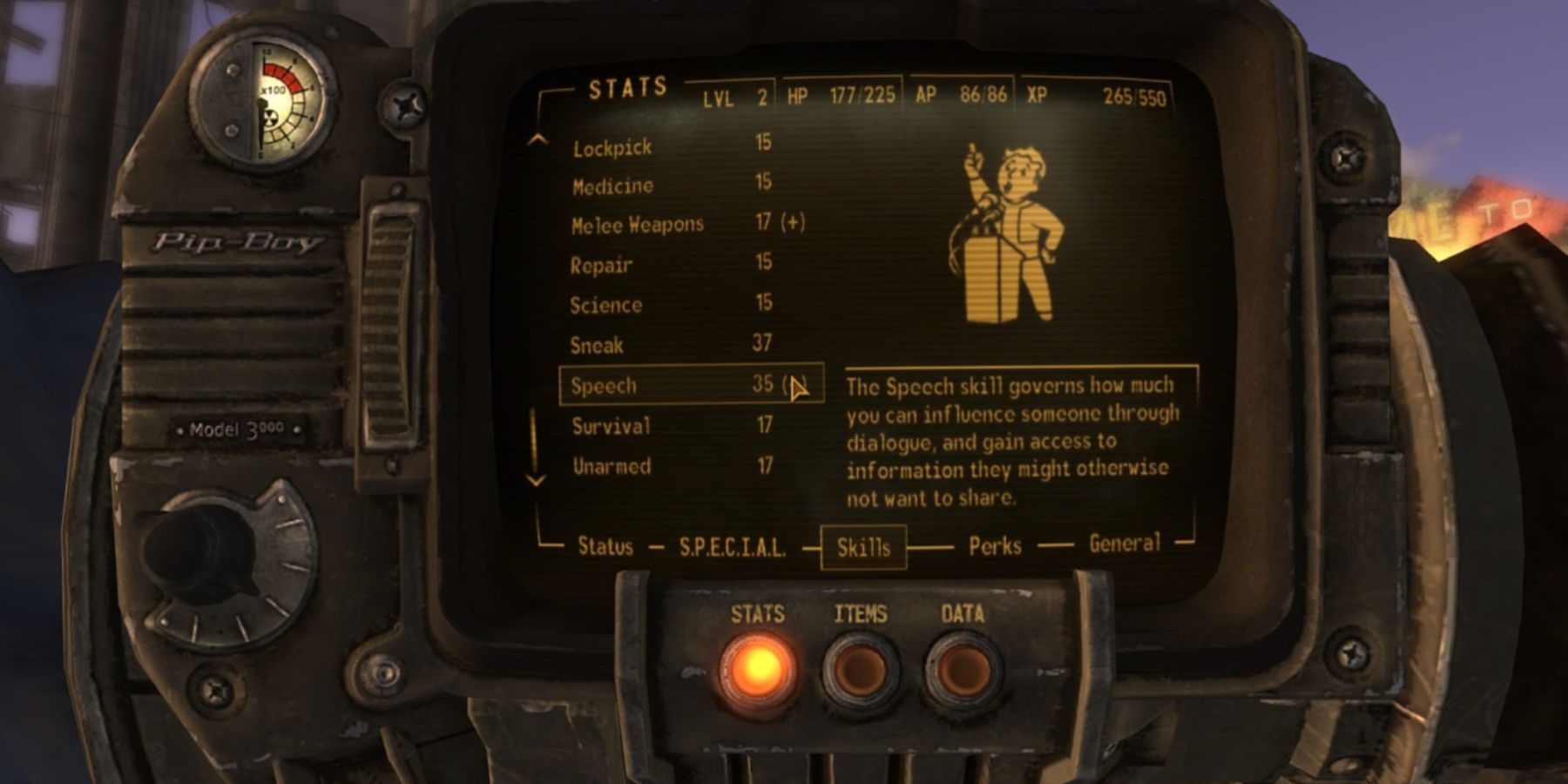
Fallout: New Vegas - How To Max All Skills
If you want to create the strongest character in Fallout New Vegas, you should definitely learn how to max out all your skills.
The Lone Wanderer's Family Can Be Seen In A Picture In The Mojave Wasteland
Vault 21 is a central structure in the city of New Vegas, and is available to be explored by the player as soon as the game’s story starts. This vault holds tons of secrets, with one of the biggest being a picture of the Lone Wanderer’s parents, found in Sarah's room. Anyone who has played Fallout 3 will understand why this is a major development or more conventionally, an easter egg in New Vegas about the previous installment. The Lone Wanderer's father, James, is a significant character in Fallout 3. He leaves Vault 101 early in the game, which prompts the player (the Lone Wanderer) to leave the vault too and embark on a quest across the Capital Wasteland to find him, which was the main plot driving force in the previous installment.
The History of the Vaults Provides A Few Insights
The vaults in the Fallout universe are more sinister than they seem. Developed by Vault-Tec before the war ever started, the purpose of these vaults was supposedly to provide a shelter for society where people would be safe from the blast and its succeeding nuclear fallout, waiting underground until the surface was ready to be repopulated decades later. However, these vaults were used for more nefarious purposes, like brainwashing residents and running experiments on them. The presence of the Lone Wanderer’s parents in Vault 21, if intentional, could suggest a deeper connection between them and the vaults, hinting that there was more at play in the story of the previous installment.
More New Vegas Easter Eggs and Gameplay Callbacks to Fallout 3
Fallout 3 came out in 2008, and its predecessors, Fallout 1 and Fallout 2, offered a completely different gameplay experience, providing an isometric top-down view of the world, and turn-based combat. Fallout 3 took the world into full 3D, providing players with a first-person view of the lovingly rendered world. New Vegas, on the other hand, opts not to reinvent the wheel, since most of the gameplay is the same as Fallout 3, from how the guns feel to models and gun types. More central gameplay elements, like the V.A.T.S. system that allows players to freeze time and aim at enemies, also remain unchanged.
Easter Eggs in New Vegas Maintain Similar Themes as Fallout 3
Fallout’s universe is defined both in the intense and politically charged storylines, and many of the in-universe recurring jokes. One of these recurring jokes is the presence of aliens, something which was hinted at all the way back in Fallout 1, and has been referenced in each game since. Fallout 3 took things to the next step, offering an entire alien-themed DLC called Mothership Zeta, in which players were able to explore an alien ship. New Vegas keeps the theme going, with a special encounter featuring three aliens hidden in the Mojave Wasteland.
Some more references and callbacks showcase Obsidian Entertainment’s devotion to the franchise. The famous Mysterious Stranger, for instance, an ally that randomly appears to help the player during combat and disappears just as fast, is part of Fallout: New Vegas too. These callbacks and Easter eggs go a long way to making the world of Fallout feel all the more fleshed out and coherent.

